Summer Undergraduate Research Experience
SURE Projects for 2023
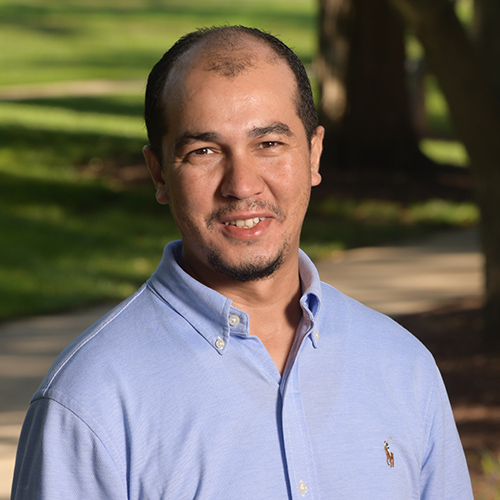
The research objective
Investigation of carbon dots and nano-carbon on fluorescence quenching based nanoprobes for metal ion detection in Jet fuel. Carbon-based nanomaterials, such as Carbon dots, carbon nanoparticles, carbon nanotubes, graphene and fullerene are among the most popular and most broadly investigated nanomaterials of all time because of their superior characteristics including electronic, magnetic and optical properties, ease of availability, nontoxicity, easy surface functionalization, chemical stability and excellent catalytic activity. Carbon dots, has a unique chemical sensing due to their unique properties such as the size-dependent fluorescence, biocompatibility and non-toxicity. Moreover, the carbon dots have a strong up-conversion fluorescence with two-photon excitation in the near-infrared region make C-dots emerging nanolights in the sensing area. Experimental measurements will be conducted on the carbonization syntheses under different processing condition mild and more aggressive of the dots samples for the fluorescence quenching based sensors for detection and quantification of a wide variety of metal cations. Three related research questions/objectives are proposed: (1) What is best and most efficient syntheses carbonization process for C-dots samples for the fluorescence quenching based Sensors for metal ion detections? (2) What is most prominent feature of fluorescence from C-dots? (a) Is it the tunable emission wavelength and intensity, which may originate and impacted most by the broad size distribution or different surface defects or different surface states or different degrees of p conjugation? (3) Using the results from objectives 1 and 2, how can we manipulate the causes of C-dots excitation dependent photoluminescence? Is it by (a) a surface state, (b) excitons of carbon, (c) emissive traps, (d) aromatic conjugation structures or free zig-zag sites.
The Student Will
have the opportunity to learn synthesis method for carbon dot’s using bottom up process. The student will also learn how to use characterization instruments such as scanning electron microscope (SEM), transmission electron microscope (TEM), Fourier-transform infrared spectroscopy (FTIR), and Spex Fluorlog 3 steady state fluorescence spectrometer throughout the summer. The students will be able to interrupt the data and picture collected from the experiments. Our findings will be published in a peer journal.
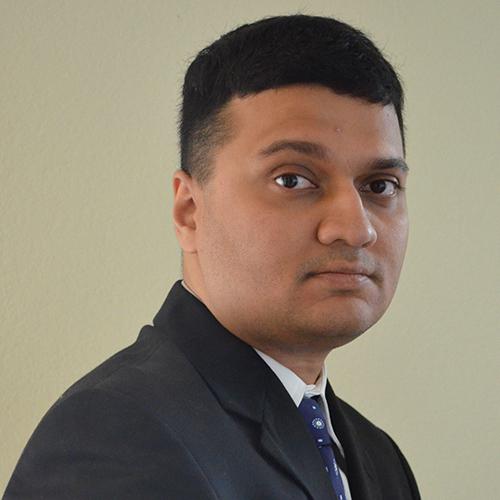
The research objective
Silicon chip integrated photonic circuits are gradually making inroads in applications ranging from high performance classical and quantum computing and telecom to chemical and biological sensors. As new generations of photonic devices and circuits are developed, a need exists for an automated photonic integrated circuit (PIC) measurement setup for automated positioning of input and output optical fibers and fiber arrays with respect to input and output grating couplers and edge couplers to silicon photonic devices. In industry such capability is required on 8-inch and 12-inch silicon wafers, further augmented by electronic testing capability. Effective optical fiber alignment is achieved in 2 steps, namely a coarse alignment to find first light, and a fine alignment to identify the peak power. Typically, first light is achieved using raster scans and spiral scans, while peak powers are determined using search algorithms such as hill climb, centroid search etc. In this summer project, the undergraduate student will work in an optics lab, and develop search algorithms, starting from an existing Python script for communicating with and positioning of an optical fiber array with respect to the silicon chip. An optical fiber array combines the input and output fiber in a compact package. Knowledge in optics or semiconductors is not required. During the course of the project, students will gain exposure to optical fibers and PICs and semiconductors. By the end of the project, the developed code will have the capability for stepping through multiple devices and doing a maximum power determination at each location.
The Student Will
learn about optical instrumentation control and semiconductor devices while participating in hands-on work, and weekly group meetings. In this project, the student will have the necessary resources to perform the hands-on research. I will be available to instruct on the direction to pursue to succeed in the hands-on research while also providing insights into semiconductor chip integrated optical/ photonic devices and their diverse applications.
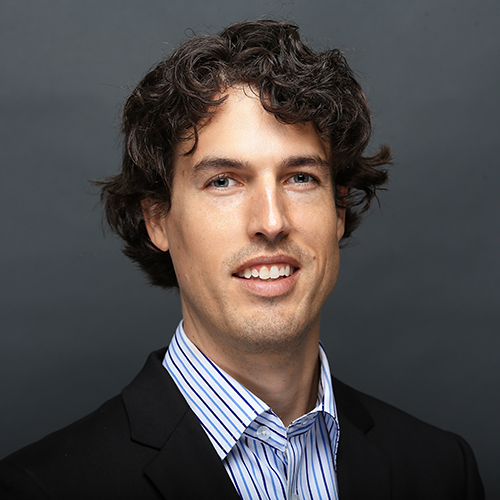
The research objective
Within this research project we will develop a mechatronic system to sense and log information on how people use assistive walking devices such as canes or walkers. The purpose of developing such a system is to then take that information to develop meaningful techniques to improve the effectiveness of such devices. This can include adding biofeedback to these mechatronic systems and/or tailoring clinical instructions / training.
The Student Will
learn about the engineering design process. Specifically, they will learn how to define the design requirements, code embedded systems, build basic circuits, and perform prototype testing. I will teach the student how to design such systems, improve their coding skills, and documentation skills. I will also mentor them in what best practices are needed to succeed in research.
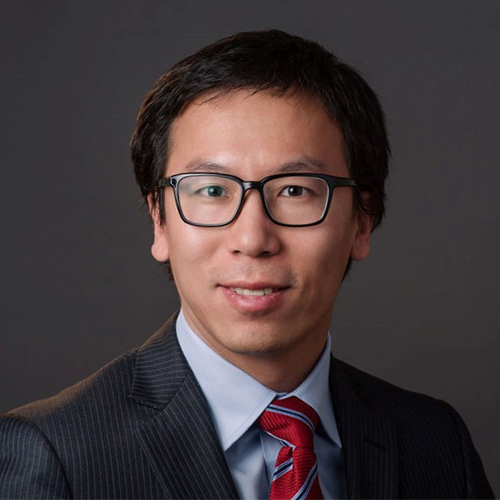
The research objective
Data centers consume a dramatically large amount of electricity that is close to 2% of all the electricity generated by the US. The data center industry is predicted to grow with a compound annual growth rate of 20% towards 2030. The major electricity consuming device in the data center is the computer's central processing unit (CPU). The CPU only needs about very low DC voltage as low as 1V. However, the electric distribution grid normally provides 13.8 kV to the grid. And the electricity efficiency converting the high voltage to the low voltage that the CPU needs is not very efficient. 20~30% of the electricity has been lost during the power delivery and conversion from the high voltage to the low voltage. Therefore, efficient power delivery will be needed. The proposed research topic is enabled by a National science foundation project to develop a more efficient power delivery structure for the data centers.
The Student Will
be able to leverage the PI's experience of the cutting-edge research topic funded by National science foundation and other sponsors i.e. Airforce, Navy etc. The student will learn the basic research method including the literature survey of the power electronics area. They will learn the usage of professional software tools for the circuit analysis, modeling, simulation and printed circuit board prototype development. The student will also have the opportunity to build their own prototype and test the functionality to validate their research effort.
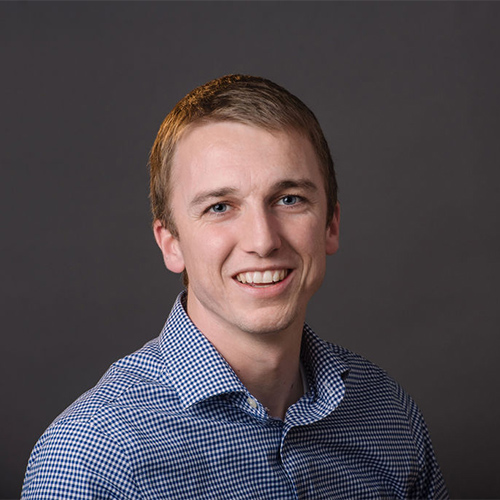
The research objective
Currently, the tilt angle of solar panels is selected to maximize the energy gathered by the panels. However, what if we try and optimize such that the panels save the user the most money? Many utility companies in the United States charge different amounts for electricity at different times of day. If a solar panel is tilted to maximize collection during the most expensive hours, does it save the user more money? A SURE student will assist in this project by developing a Python model to predict money saved by a solar panel in one year and then optimize that model to maximize cost savings. Python coding experience highly encouraged.
The Student Will
gain programming experience, research experience and exposure to the world of energy utilities.
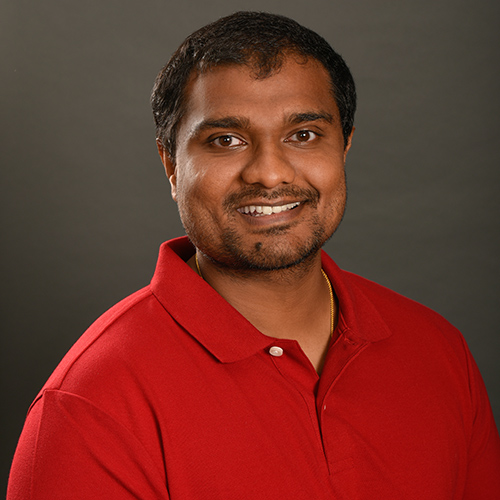
The research objective
Harmonization of an exoskeleton’s movement with human gait has been identified as a goal for exoskeletal designs. A large limitation to designing such an exoskeleton is that nearly all basic science assessments of the influence of added mass on walking have been completed with very low sample sizes. Without understanding the effects of added mass on gait outcomes, the exoskeletons could be training and creating gait variabilities that are dangerous for the users. This lack of fundamental understanding could also make it difficult to determine whether exoskeletal control compensations for masses are being effective. Thus, this project is focused on characterizing the adaptive human motor control that occurs in response to added mass. This includes characterizing the impact of confounding factors like gait speed and age on loaded walking. In this summer project, the SURE student will assist in the development of algorithms to identify changes in control strategies. Quantifying these changes in control strategies, could help in the development of better exoskeletons.
The Student Will
gain experience in the use of biomechanical tools for analysis. The project will also help in advancing the student’s programming skills. Additionally, the student will have an opportunity to contribute to a research paper.
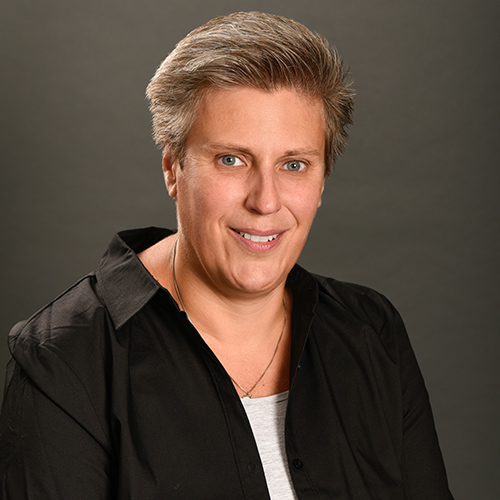
The research objective
Observation and visualization are inherent STEM education and research practices, and this can limit STEM access and participation for the visually impaired. This project will identify alternative sensory input systems to expand visual and spatial teaching modes for the blind using applications of electro-optics imaging and sensing techniques. Students will develop devices and methods that enable the blind to learn STEM topics using other sensory input systems. The aim is to develop technology to advance STEM education for visually impaired or blind adolescents. A prototype of such a device (see picture below) has been developed at the University of Dayton. Research in this project could focus on testing the functionality of the device and further developing an upgraded device with expanded functionality, better performance, better usability, etc. Another option is to look into other designs of devices which could be used for STEM education of the blind. This research aligns with the United Nations’ Sustainable Development Goals number 4: Quality Education by developing technologies that provide an inclusive, equitable education. The generated knowledge will support low-resourced schools served by regional and international UD Ethos Center social change partners the Cincinnati Association for the Blind and Visually Impaired (works closely with Ohio schools) and Vision Empower (works closely with rural schools in India).
The Student Will
explore and attain new knowledge regarding engineering research that has a meaningful and positive impact on society and that promotes social change for equitable communities as defined by the United Nations’ Sustainable Development Goals. This project provides an opportunity for students to understand and develop an ethical perspective on how engineering and science-based research is deeply connected to and impacts the socio/cultural/environmental context of communities and how such research can positively impact society.

The research objective
Birds have remained an enduring inspiration to achieve optimal flight for centuries. With the recent surge of UAVs and small-scale drone usage in a variety of industrial, commercial, and military applications, maintaining the stability and reliability of the vehicles remains a challenge. Small-scale drones are largely affected by gusty wings which cause a lack of stability and increase in power usage. This project focuses on the design, development, and testing of a morphing wing that we will be exposed to unsteady aerodynamic loads in the UD wind tunnel. A closed-loop control system will be designed for effective mitigation of sinusoidal periodic gusts through changes in camber.
The Student Will
will gain valuable experience through a hands-on real-world project that meets the current needs of the field. He/she will also learn the skillset necessary to operate and test in a wind tunnel. The project has also the potential to become an undergraduate thesis and a stepping stone for the student to pursue a grad program. We will also interact with researchers from AFRL which fosters networking and connections that might lead to better opportunities for the student.
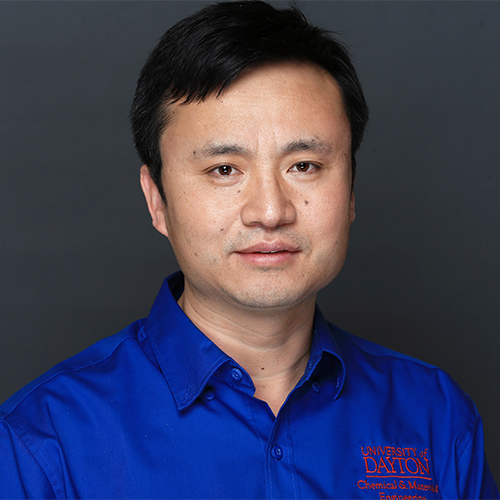
The research objective
Current structural challenges in aerospace applications in critical environments demand the developing of advanced high-performance materials to meet specific requirements under extreme conditions. Modern state-of-the-art high-temperature materials for hypersonic flight mainly include superalloys and ceramic materials. Nickel-based superalloys have been widely used for hypersonic components but are heavy and have limited maximum use temperatures. Ceramic materials like silicon carbide are light weighted, but they are brittle and difficult to manufacture. Modern aerospace applications require breakthrough advances in materials and their rapid prototyping and manufacturing. One of the popular solutions is to develop nanocomposites for improving material properties. Additive manufacturing, so-called 3D printing, has mainly been adopted in the past decade to manufacture elaborate structures with much less waste. In this program, students can choose one of the two types of high-temperature materials based on their interests. Students will use the prepared feedstock materials for 3D printing. Depending on the selected type of material, they will receive hands-on training on state-of-the-art 3D printing techniques, including VAT Photopolymerization, Direct Ink Writing, or Laser Powder Bed Fusion. Students will also have opportunities to use advanced instruments to analyze the 3D-printed specimens. After this program, students will receive training in interdisciplinary research areas for materials development. They will gain hands-on experience in advanced 3D printing technology and improve their problem-solving skills. Students will also be encouraged to participate in the preparation of potential scientific publications and technical presentations at conferences for their research findings.
The Student Will
receive training in interdisciplinary research areas for materials development. They will gain hands-on experience in advanced 3D printing technology and improve their problem-solving skills. Students will also be encouraged to participate in the preparation of potential scientific publications and technical presentations at conferences for their research findings.
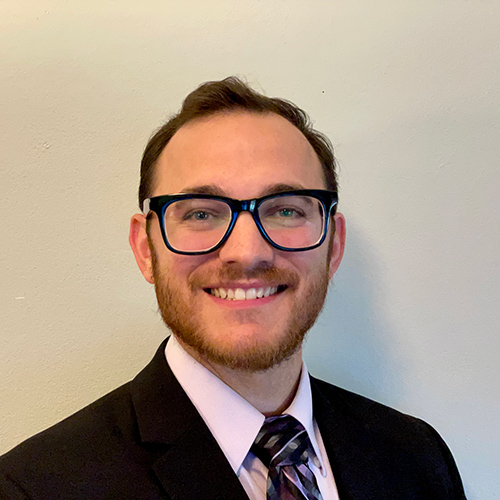
The research objective
This research project seeks to investigate the interface between standard rigid electronics and flexible and stretchable substrates for the purpose of integrating into wearable electronics. The goal is to identify mechanical methods of isolating strain in the soft substrate from the standard rigid electronics components so that mild to moderate strains from donning and doffing of wearable gear or incurred during wash cycles does not destroy the electrical traces. The student researcher will learn to pattern and deposit state-of-the-art soft conductive inks that will be used as electronics traces on a variety of flexible and soft substrates. Students will also assess the quality of the ink both as deposited, and under uniaxial and biaxial strains, using electrical test equipment combined with custom designed stretching jigs. Analysis of the electromechanical coupling across these soft to flexible to rigid interfaces will be done while subjecting the sample to various strain states. Students will use images of the stretched samples to perform basic digital image correlation and make conclusions about the effectiveness of the strain isolation methods under test. Students will be expected to make iterations on the design, completing the rapid prototyping and testing cycle multiple times throughout the course of the project. The student will also work with graduate students from Dr. Lowe’s research team that is investigating soft dielectric materials in a collaborate effort with Dr. Watson.
The Student Will
learn to complete a rapid prototype for design and test that will yield quick results and feed back into another design. This type of experience is vital for R&D positions. Students will also learn to work outside their comfort zone, as this is a marriage between electrical and mechanical, so whichever student applies will end up doing some engineering from across the hall. This is also emphasized by the fact that Dr. Lowe from MAE will be partnering with me this summer on combined research efforts (part of which includes these SURE students). Students will take part in routine research meetings that will be hosted by myself and Dr. Lowe and learn professional communication first hand.
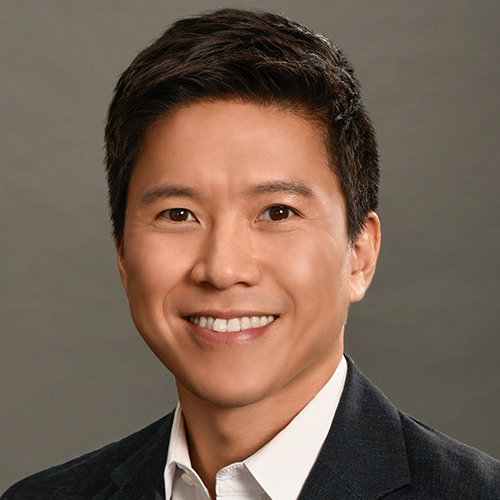
The research objective
Construction tasks frequently expose workers to overexertion for a prolonged period of time without sufficient rest, which results in physical fatigue. Such physical fatigue can cause work-related musculoskeletal disorders (WMSDs) significantly affecting workers' health and wellbeing. Recently, Inertial Measurement Unit (IMU) sensors have been applied to detect activity recognition in many other domains. Although extensive effort has been made to prevent WMSDs in other domains, research on the prevention of WMSDs among construction workers has rarely been carried out. This study investigated the feasibility of using wearable Inertial Measurement Unit (IMU) sensors in order to identify construction workers’ working postures that cause WMSDs.
The Student Will
learn about the fundamental knowledge about signal data processing and human subject experiment.
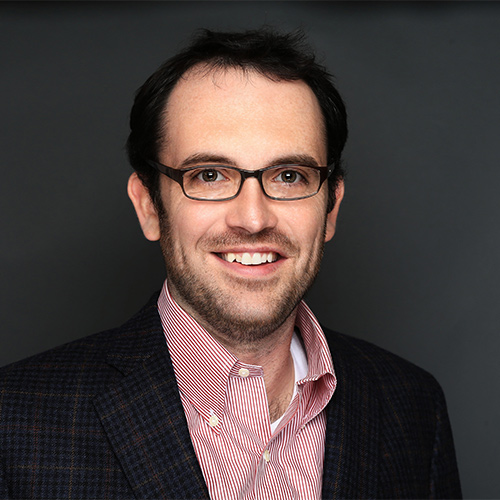
The research objective
Our group uses computational modeling to investigate the behavior of materials and interfaces at the molecular level. Problems such as these extend to many applications including reverse osmosis membranes and drug delivery. Molecular simulation allows us to access information that may not be possible in experiments and our goal is to use this to enable more efficient design of nanomaterials for specific materials science and biomedical applications.
The Student Will
learn how to read/ write academic papers, learn how to formulate a research plan for a complex problem, gain exposure to the field of computational modeling and its limits/ applications, hands on experience using various open source software packages for molecular simulation, gain experience to writing code for analysis of complex data sets.

The Research Objective
In the Greg and Annie Stevens Intelligent Infrastructure Engineering Lab, our research activities focus on next generation infrastructure lifecycle design and maintenance. One of the efforts is using machine vision cameras and thermal camera to construct three-dimensional (3D) point clouds of civil infrastructures and assessing energy efficiency using thermography and fusing information using virtual reality techniques. More specific, we are focusing on how to effectively and efficiently fuse 3D point clouds constructed from images collected by a regular camera and corresponding thermal images from a co-calibrated microbolometer. The objective is creating a 3D model of a structure with accurate geometry and thermal information for energy audit or maintenance decision making. Currently, there are some projects open: 1. thermal mapping of building using structure from motion (using a drone to fly around a building taking images from different directions and then perform 3D modeling). 2. 3D thermography using structure light scanning (This project uses structure light technology, analyzing phase shifting to generate a 3D point cloud of an object). 3. Temperature and geometry variation of granular materials by analyzing thermal and geometry time series. 4. 3D point cloud stitching for 3D reconstruction using open-source repositories.
The Student Will
be part of the research team and develop his/her own research agenda within the scope mentioned above. He/she will choose his/her interested topic and be mentored by the supervisor on how they could apply 3D reconstruction in civil and infrastructure engineering. During the summertime, the student will learn how to collect and analyze data, what 3D reconstruction is, and how to visualize their data. The student will learn basic knowledge of photogrammetry. The student will gain a lot of hands-on experience on programming and field campaigns, and improve their problem-solving capabilities. In addition, the student will be much more familiar with academic writing, improve their communication skills, and enhance their teamwork capacity and their ability to think independently. The experiences will significantly benefit their future career.

The Research Objective
Biomechanical simulations can provide valuable insight into how people respond to a wearable device such as an exoskeleton and allow for estimation of internal muscle forces and joint forces that are difficult or impossible to measure with experimental methods. Validation of biomechanical simulation results are highly sought after to achieve translation of simulations into clinical science. Therefore, there is a need to design and collect experimental data that have clearly defined problems that can be used for validation of simulation results. The proposed research will aim to develop predictive simulations of individuals performing walking under imposed forces and/or torques and then validate those simulation predictions using biomechanical equipment designed to apply forces and/or torques to the human body. The student researcher will be able to choose to focus on developing the simulations and/or validation experiments depending on the student’s interests.
The Student Will
may learn either or both methods for developing biomechanical simulations and/or experimental techniques. For the simulations, the student will learn the techniques to develop biomechanical models and predictive simulations. This will involve learning to use biomechanical software and MATLAB to develop the models and simulations. For the experimental work, the student will learn the techniques to collect and process experimentally collected biomechanics data. This will involve learning to use several software packages common in biomechanics. The student researcher will learn several techniques for processing and analyzing biomechanical data that will be beneficial for future research and career opportunities.
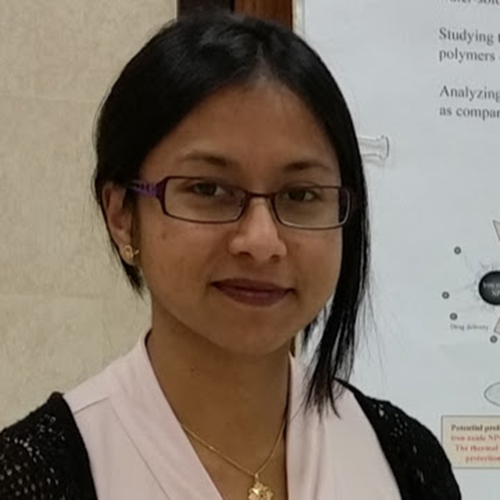
The Research Objective
Nanoparticles offer a unique materials platform for realizing next-generation drugs and drug delivery systems. They can be tailored to the desired size and morphology to enable enhanced circulation. In addition, the surfaces of the nanoparticles can be functionalized with specific receptors and stealth biomolecules for targeted delivery to disease sites. One of the challenges in synthesizing these nanoparticles for drug delivery applications is the precision in size, size distribution, and shape required for achieving meaningful and reproducible results. This project will investigate a novel microfluidics-based route for the synthesis of various hydrogel embedded magnetic nanoparticles for drug delivery applications. A niche of the project will be the new class of microfluidic channels designed via additive manufacturing for the synthesis of colloidal nanoparticles. Additively manufactured microfluidics are cheap and can be readily tailored for specific synthesis through programmed dynamic control systems, which are key advantages for our application. The project will involve three aspects including the design of the microfluidic assembly for nanoparticle synthesis, synthesis of the novel nanoparticle formulations using various hydrogels and magnetic nanoparticles, and detailed materials characterization of the nanoparticles via dynamic light scattering, x-ray diffraction, and scanning electron microscopy to quantify the quality of the nanoparticle products synthesized using the new microfluidic channel. The project will couple the expertise of three PIs in Chemical and Materials Engineering, Dr. Palchoudhury in nanochemistry and materials innovation, Dr. Vasquez in functionalized nanomaterials and their translation to practical macroscale engineering applications, and Dr. Pirlo in novel biomaterials and biofabrication.
The Student Will
gain research training in advanced instruments in material characterization and nanotechnology including scanning electron microscopy, x-ray diffraction, dynamic light scattering, and thermogravimetric analysis. The student will also gain experience in emerging nanochemical synthesis routes using novel microfluidic assemblies. In addition, the student will have mentorship in technical writing and presentations. The student will have the opportunity to present at internal and national conferences.
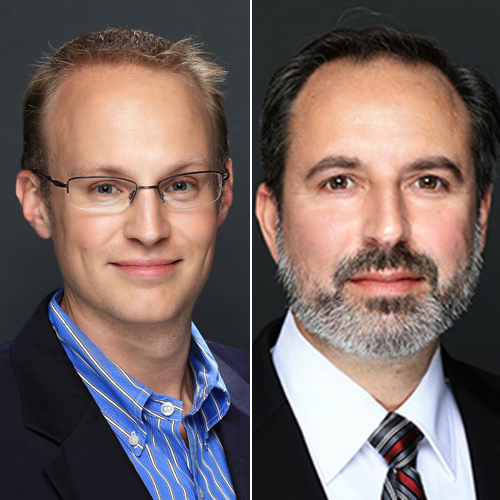
The Research Objective
Dielectric elastomers are a promising class of soft electro-active materials that have attracted significant attention because of their giant mechanical strains in response to applied voltages. This strong electro-mechanical coupling has been leveraged to enable emerging technologies such as biomimetic robots, bioinspired artificial muscles, soft active vibration control systems, and wearable electronics. Presently, it is not well understood how the electrical properties (e.g., permittivity) of dielectric elastomers are impacted by loading (e.g., strain) and environment (e.g., temperature, humidity). Accordingly, this project is focused on the development of a custom environmental chamber to expose dielectric elastomers to controlled temperatures and humidities during deformation. This project will be hands-on and involve the design-build-test process, selection and installation of instrumentation, and acquiring experimental measurements using mechanical and electrical test equipment (e.g., Instron universal testing machine, DC high-voltage supply, LCR meter, C-V plotter). A desired outcome of this project is the ability to quantify the electrical permittivity of dielectric elastomers in situ, during deformation, under controlled temperatures and humidities.
The Student Will
benefit from participating in the proposed research by being exposed to: 1) soft functional materials – an emerging class of engineering materials that couple mechanics (strain) to electricity (voltage); 2) state-of-the-art laboratory facilities in the UD SOE and UDRI, including cutting-edge synthesis and characterization equipment at UDRI and an Instron 3365 load frame with digital image correlation in the UD SOE dedicated to testing soft materials over a broad range of deformation modes and strain rates; and 3) advanced graduate-level mechanics theory, including large-strain nonlinear elasticity. Students will also learn valuable research-related soft skills, including how to read and interpret technical literature, how to deliver an effective technical presentation, and how to disseminate research findings through effective technical writing.
The Research Objective
Ceramic Matrix Composites (CMCs) are of interest for propulsion and structural applications where performance under extreme environmental conditions is required. A life-limiting trait of these materials is strain intolerance, which can make them fail unexpectedly and in a brittle manner. Researchers at UDRI and the Air Force are studying different methodologies for measuring strain in multiple material orientations during testing as well as documenting damage (cracking) as a function of load and time. Technologies of interest include but are not limited to strain gages, extensometers, optical imaging, fiber-optic interferometry, acoustic emissions, and other sensing modalities. Depending on the student interest, one or more of the sensing technologies will be the subject of a focused parametric study considering instrument setup variables and analysis methods on the accuracy of the measurement results. The outcome will inform UDRI’s use of the different technologies and understanding of the subject test material.
The Student Will
be guided through the project planning process in order to successfully identify a focused project that can be completed within the 10-week period. Tutorials on the behavior of composites and the necessary training on equipment will be provided. Students will also be mentored in aspects of preparing and presenting data, results, and project outcomes to various audiences.
The Research Objective
We are evaluating material behavior of advanced ceramic matrix composites to provide materials selection support. We are conducting a variety of standard and novel materials properties tests to evaluate the suitability of different manufacturer’s materials for various applications. Of particular interest for student involvement will be post-test evaluation of microstructure and damage. This evaluation involves examining how the testing has affected the arrangement of the fibers, matrix voids and cracks in the materials, collectively described as the microstructure. Depending on student interest, this may include a subset of the following: mechanical testing, sample mounting and polishing, optical microscopy, scanning electron microscopy, image processing and automated metric calculations. The results of these endeavors will help to form a complete picture of the nature of the material response to testing conditions.
The Student Will
develop hands-on experience working in materials evaluation and testing; meet and collaborate with researchers from UDRI and AFRL; and present their work at the AFRL student poster session at the end of the summer for a varied audience.
The Research Objective
We provide support to the Air Force Research Laboratory in erosion research for aerospace materials. We perform rain and particle impact testing to assess materials durability on-site at Wright-Patterson AFB. The student will learn about erosion testing using different test media. The student will be exposed to environmental particulate analysis as well as synthetic volcanic ash development.
The Student Will
benefit by working in a unique area of research with highly skilled technical staff members providing innovative solutions, method development, and erosion testing. The student will learn skills through direct hands-on experience in the field of erosion science, erosion test rig maintenance, and operations.
